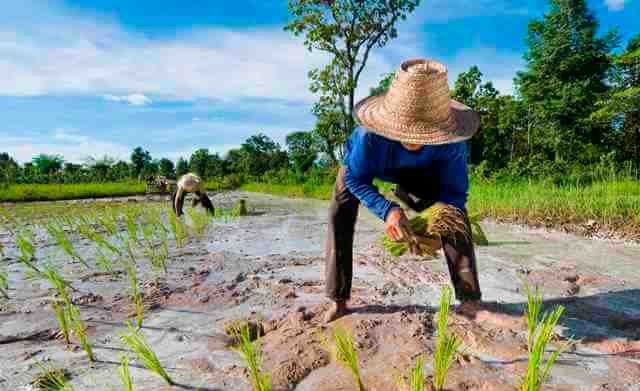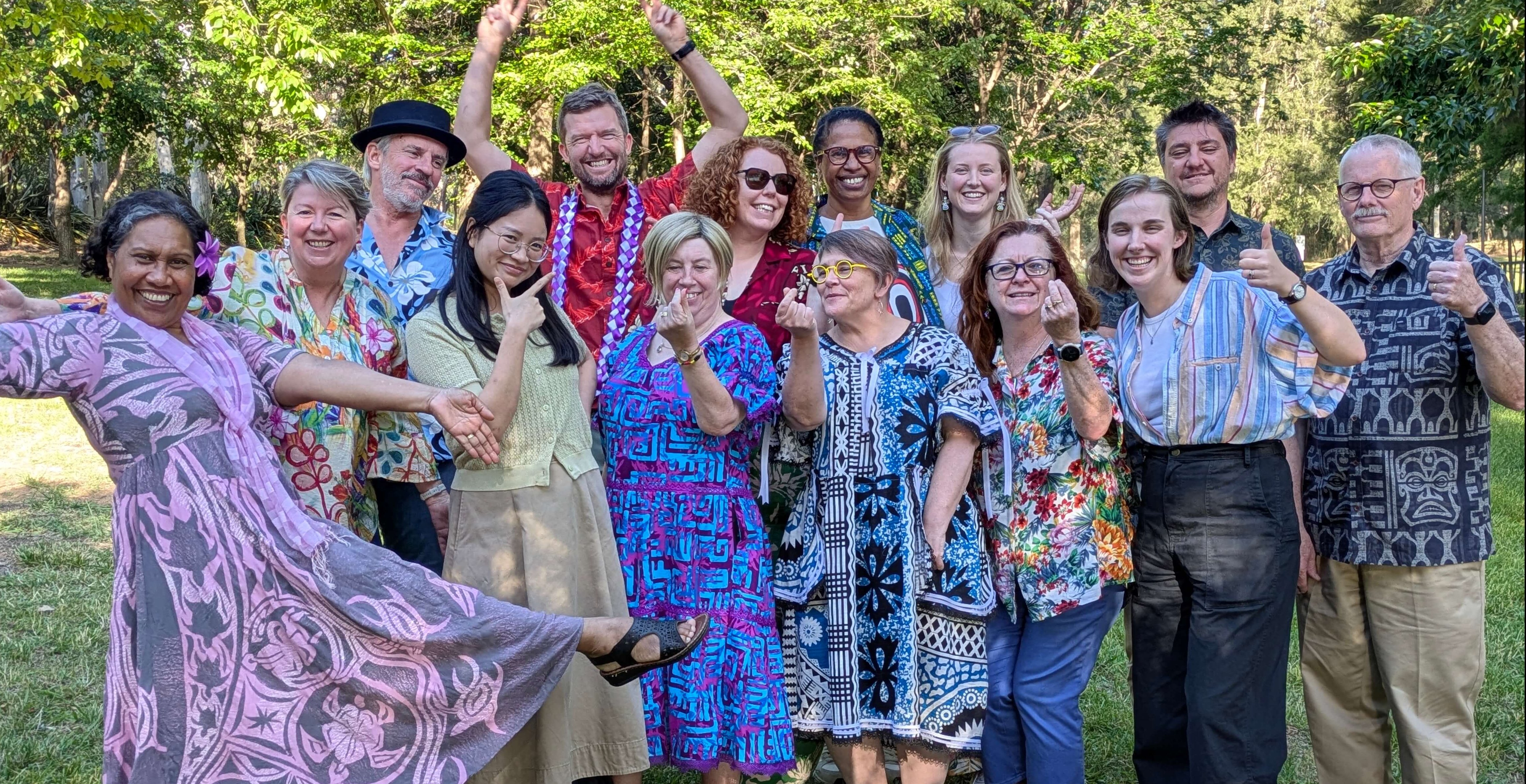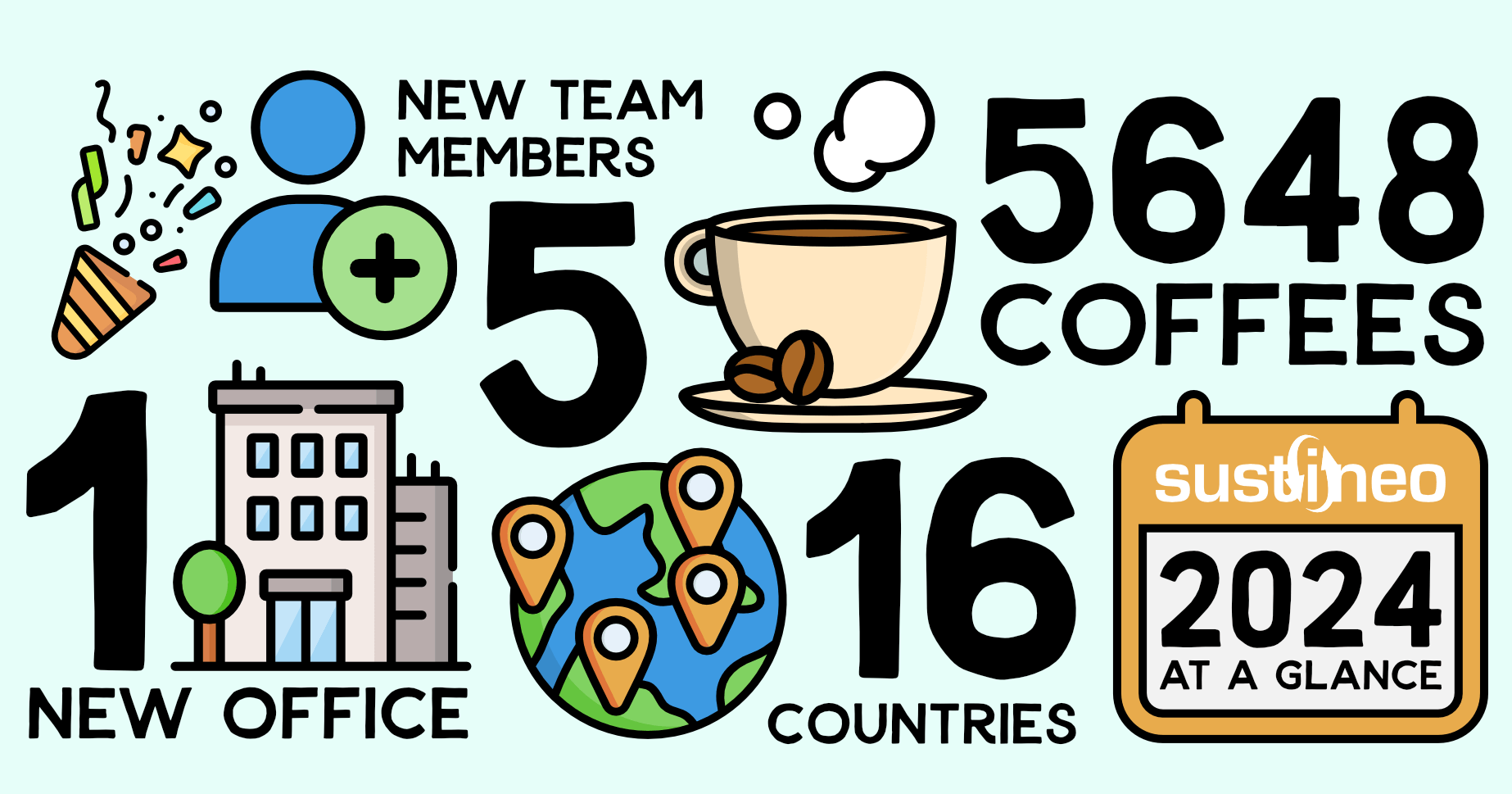Aid for Trade (AfT) is back on the agenda after the Australian government released the new Strategy for Australia’s Aid for Trade Investments with a focus on the Indo-Pacific region. The strategy was released to coincide with global discussions in Geneva and Addis Ababa this month. Since AfT was introduced at the 2005 WTO Conference in Hong Kong, the idea has been a topic of hot debate. The sole focus on economic growth and its contribution to poverty alleviation has been highly contested.
The new strategy acknowledges that trade “is not sufficient to achieve sustainable economic growth and reduce poverty”. However, the new target is to increase the AfT expenditure to 20% of the total aid budget by 2020.
The strategy is not clear on how the challenges within AfT programs from Australia to the Indo-Pacific will be addressed. The donor-recipient relationship challenges highlighted in Sustineo’s Ideas in Brief #4, show that communication, donor-recipient expectations and monitoring and accountability are key issues. This new strategy provides little insight towards resolving these challenges and requires further review to underline the risks involved for both Australia and recipient countries in the Indo-Pacific.
For a more detailed discussion of challenges within AfT relationships, see Sustineo's fourth Ideas in Brief.



